There are few places in our society that offer opportunities to engage with people, share services, or exchange resources without structural partitions or economic demands. We are accustomed to speaking to one another through glass dividers, paying fees to belong, and purchasing things as a condition for use. In this context, public libraries are an exception, offering a kind of refuge for the masses.
Throughout the trajectory of this Graduate Studio Course, myself and fellow investigators explored themes of care, pedagogy and the role of the designer in the research. The investigation involved many methods of participatory design-led research including semi-structured interviews, focus groups and 'mind-mapping' activities, as well as building upon the research previously conducted by the DESISLab at Parsons.
Throughout the trajectory of this Graduate Studio Course, myself and fellow investigators explored themes of care, pedagogy and the role of the designer in the research. The investigation involved many methods of participatory design-led research including semi-structured interviews, focus groups and 'mind-mapping' activities, as well as building upon the research previously conducted by the DESISLab at Parsons.
General Studio Investigation and Individual Research
Individual Research Process
Mind Mapping Exercise with patrons
Mind Mapping Exercise with patrons
Durability to fragility
One of the only times when the library cannot offer unconditional hospitality is when it is closed. An unexpected closure presented the opportunity to investigate where else do this branch’s patrons go for their services. And what alternatives are present in the local neighborhood?
One of the only times when the library cannot offer unconditional hospitality is when it is closed. An unexpected closure presented the opportunity to investigate where else do this branch’s patrons go for their services. And what alternatives are present in the local neighborhood?
Participatory activities with patrons
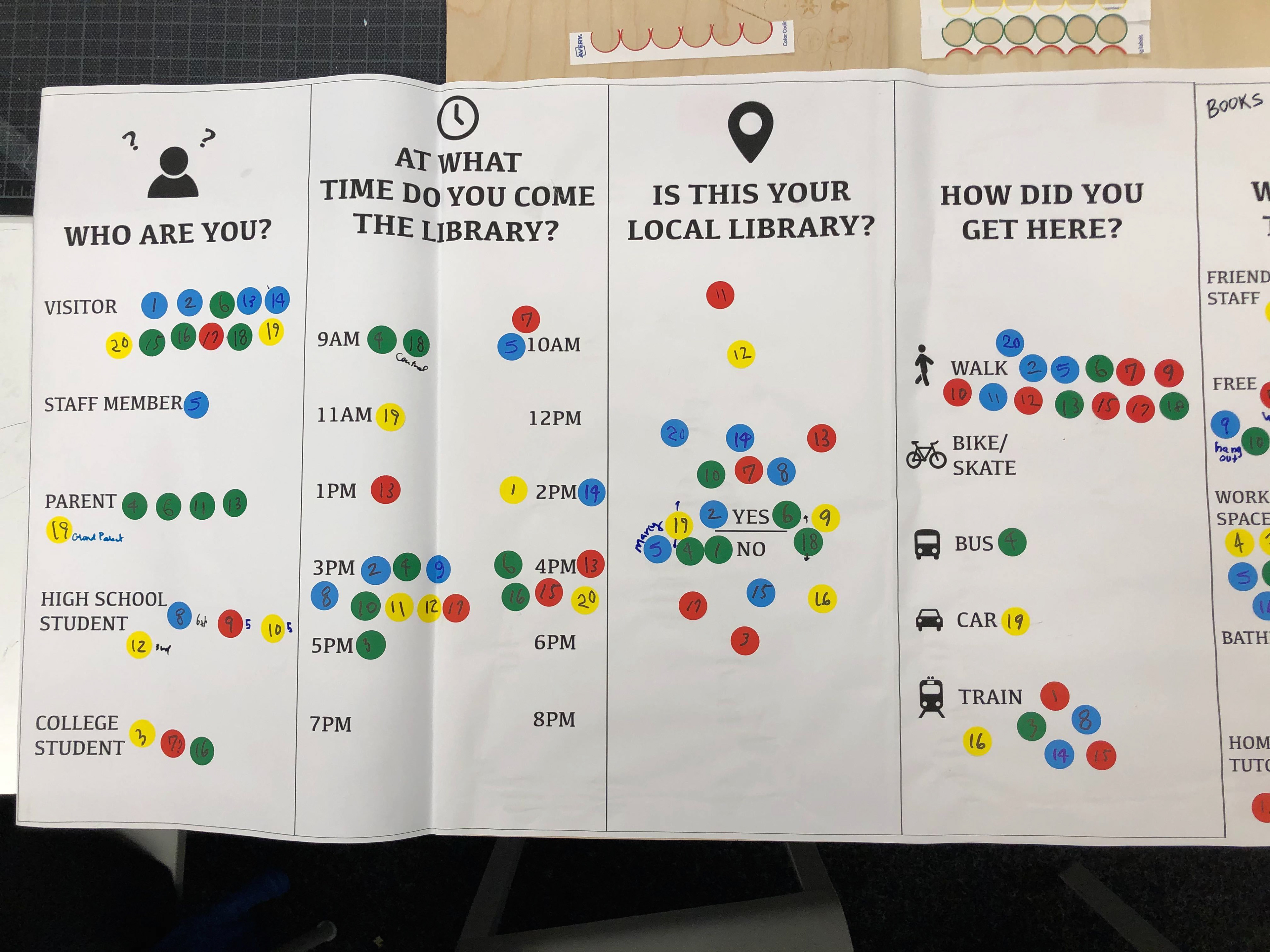
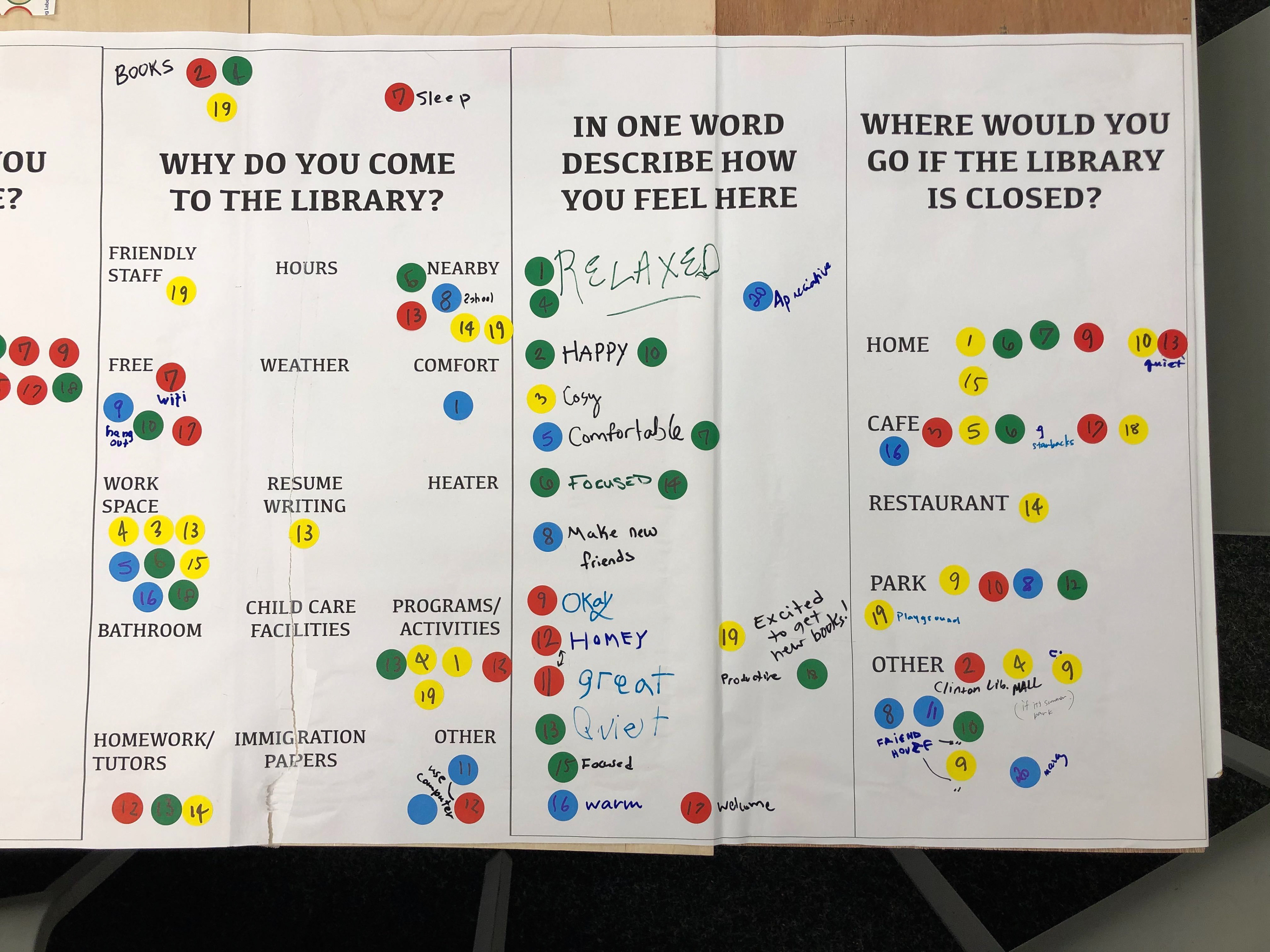
Diagramming exercises we did as a group to further categorize the needs of patrons based on their responses
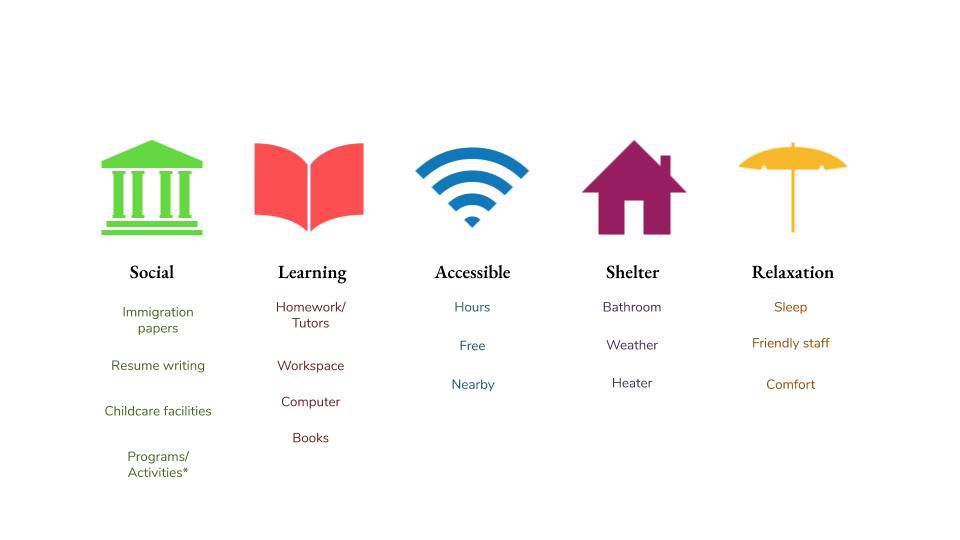
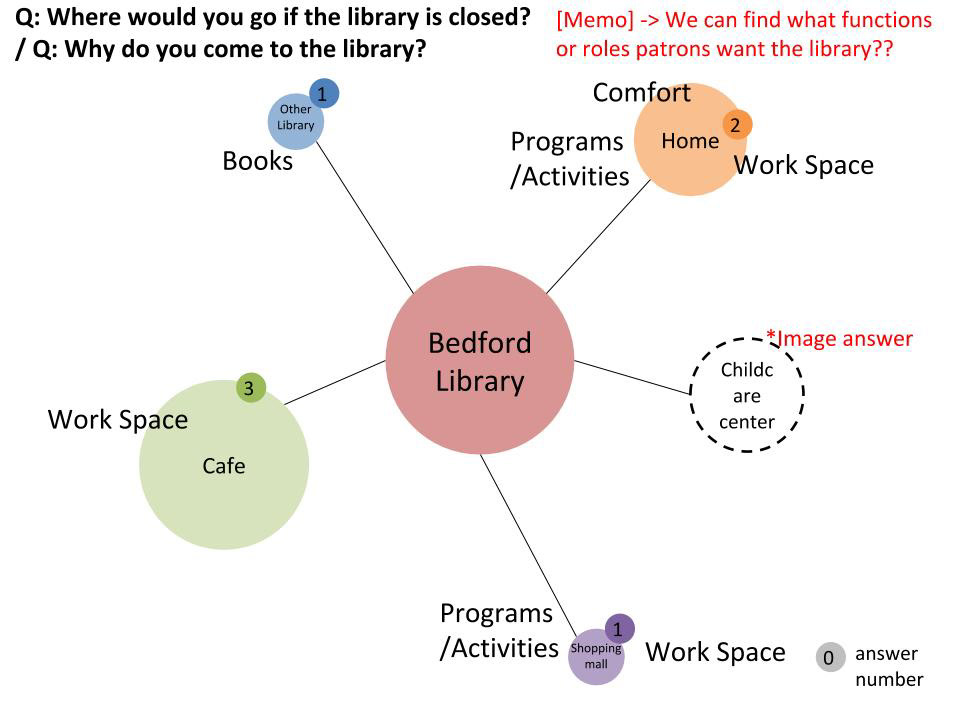
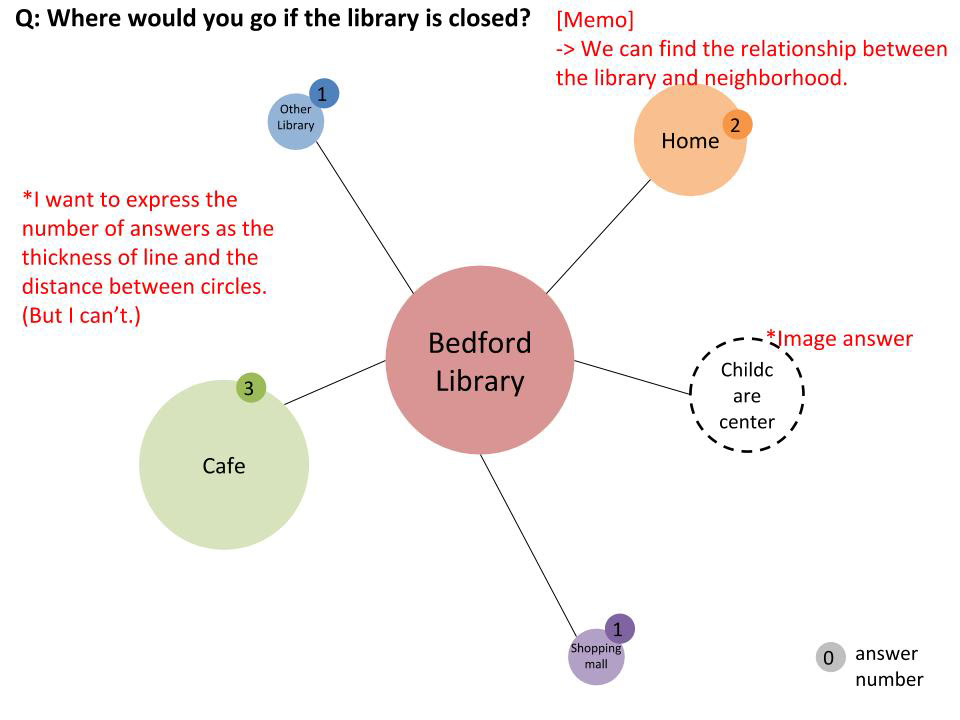
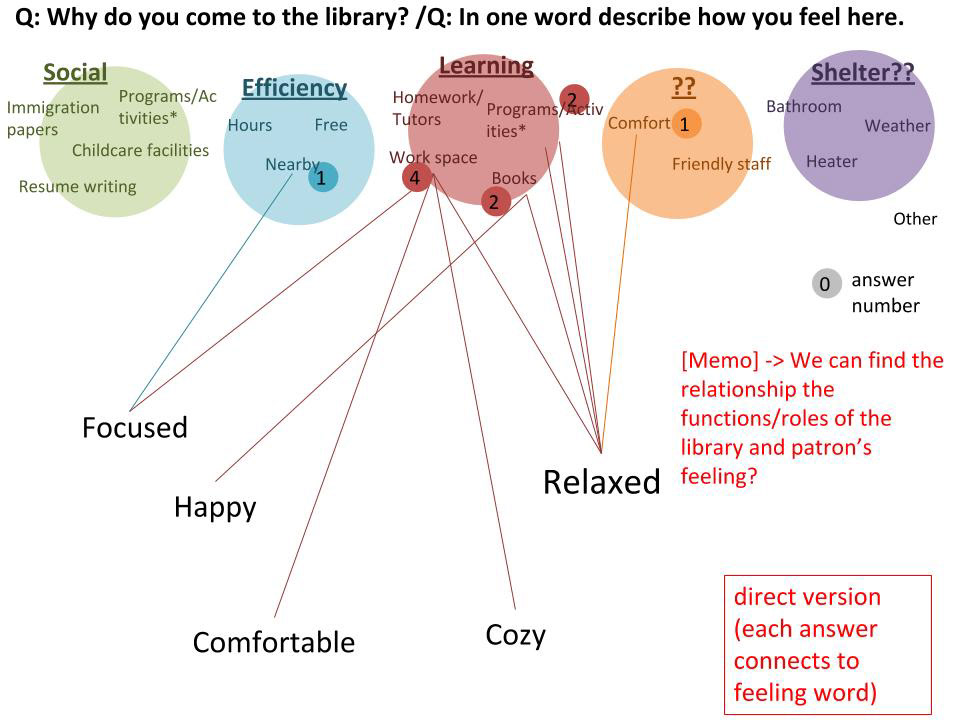
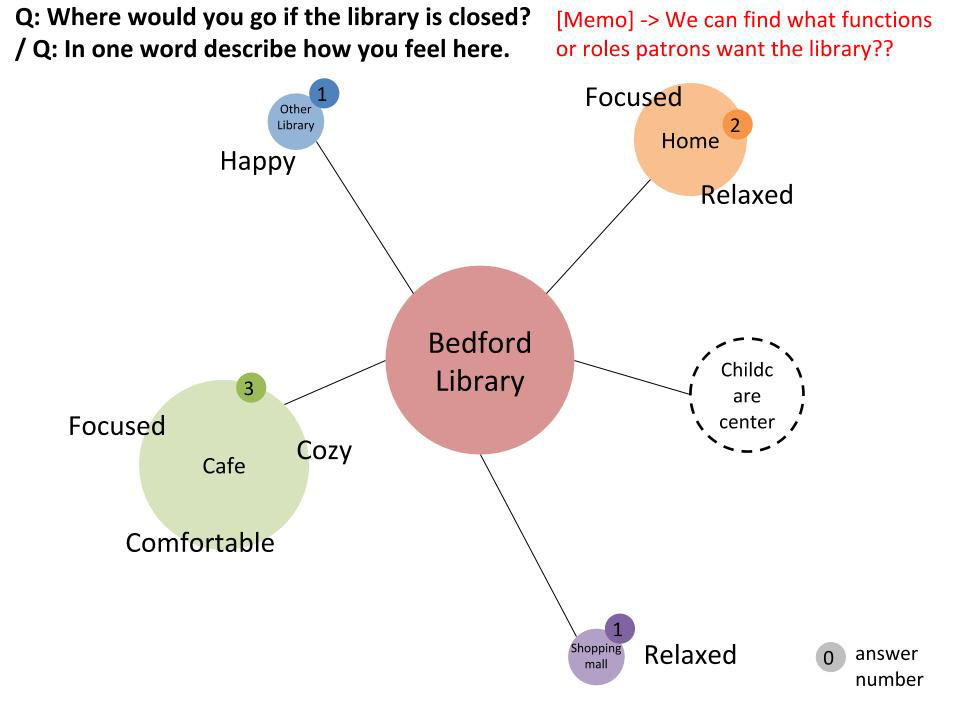
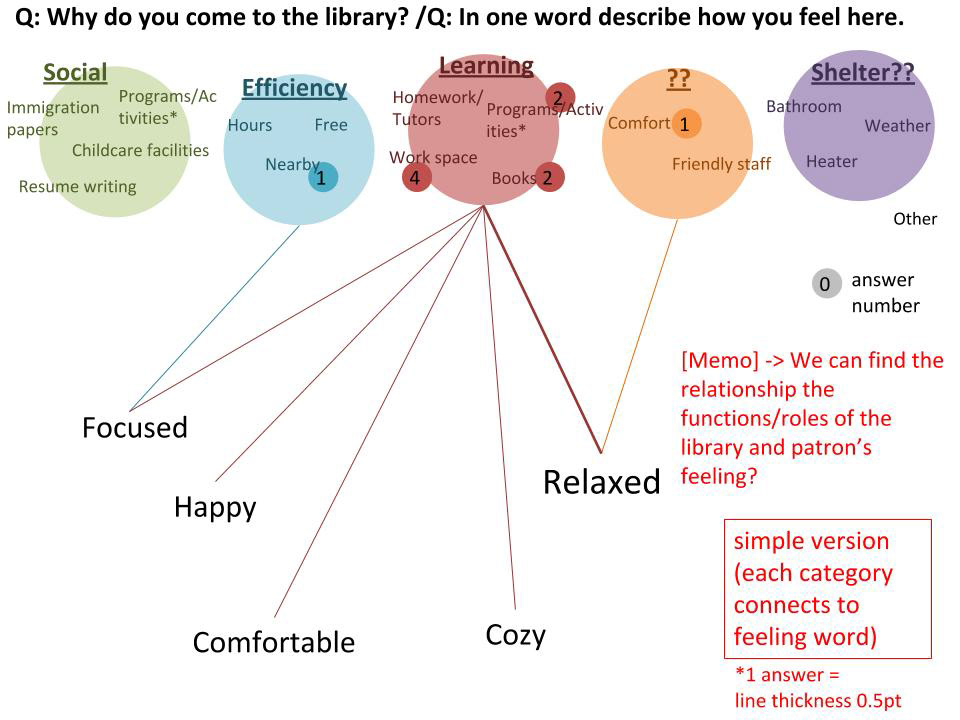
Social Capital of the Library is irrigated amongst the neighborhood
Ad-hoc Public Spaces
Under what conditions do private spaces become quasi-public spaces?
Under what conditions do private spaces become quasi-public spaces?
When the library was closed, certain locations in the neighborhood had unique physical conditions to become ad-hoc public spaces.
For example, the cafes, local shops and even informal spaces which are within close proximity to the library, the subway and main intersection; and offer some form of shade or shelter, became recognizably places for convening, even without any official infrastructure to delineate these spaces.
For example, the cafes, local shops and even informal spaces which are within close proximity to the library, the subway and main intersection; and offer some form of shade or shelter, became recognizably places for convening, even without any official infrastructure to delineate these spaces.
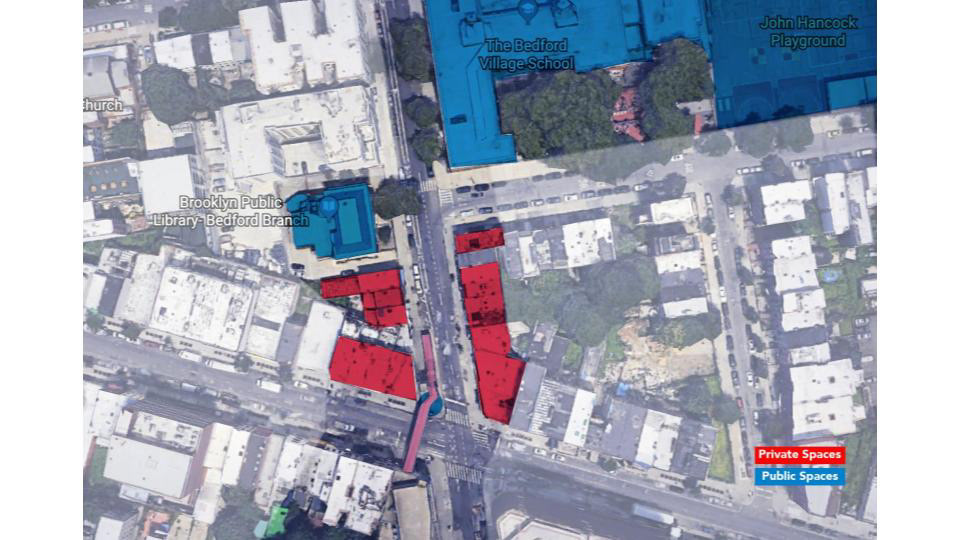
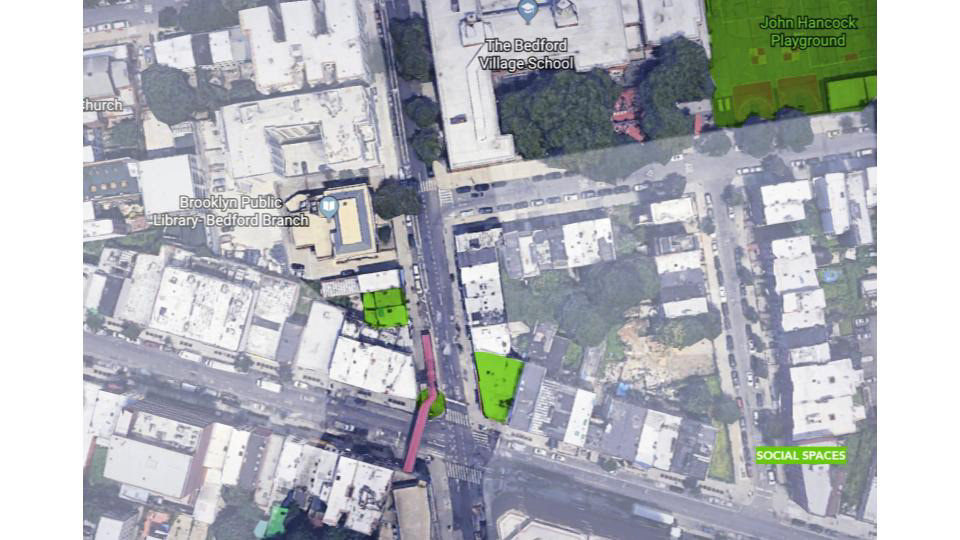
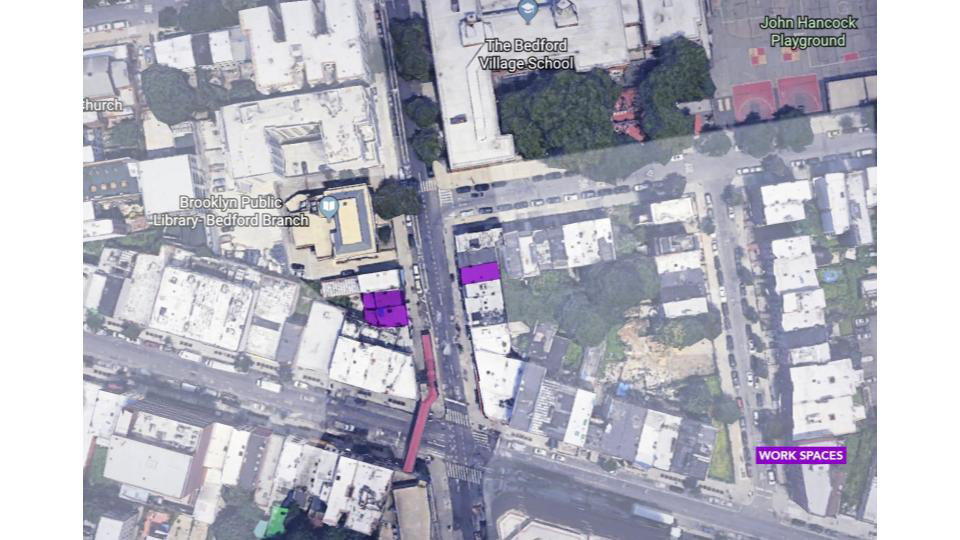
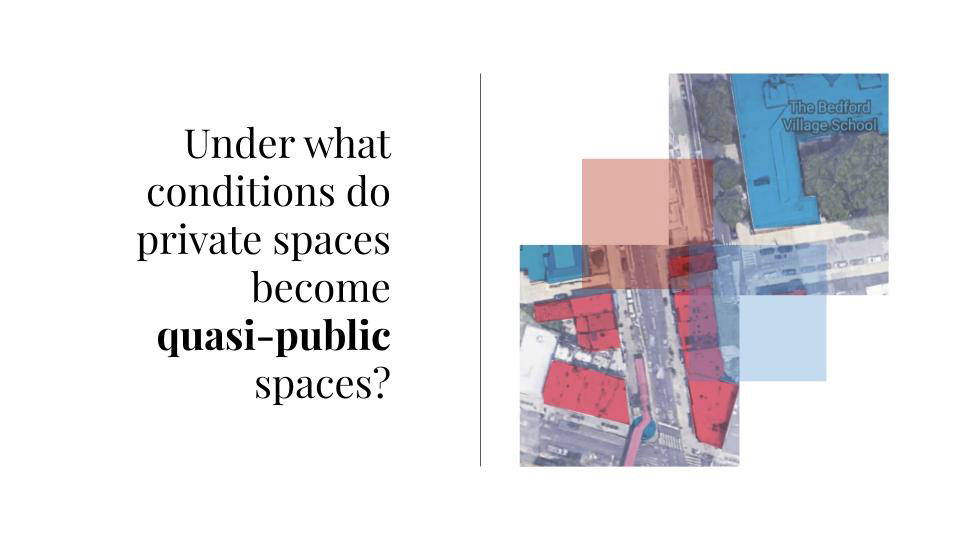
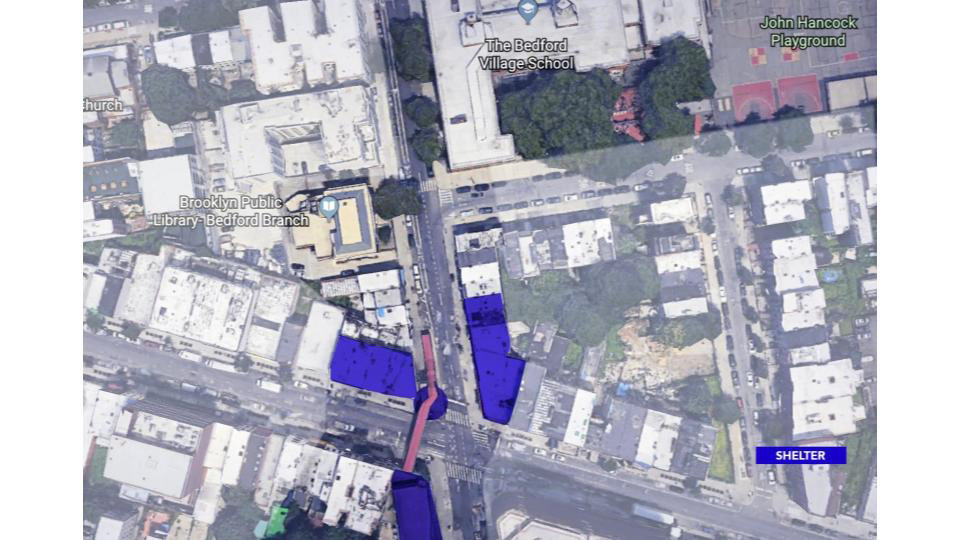
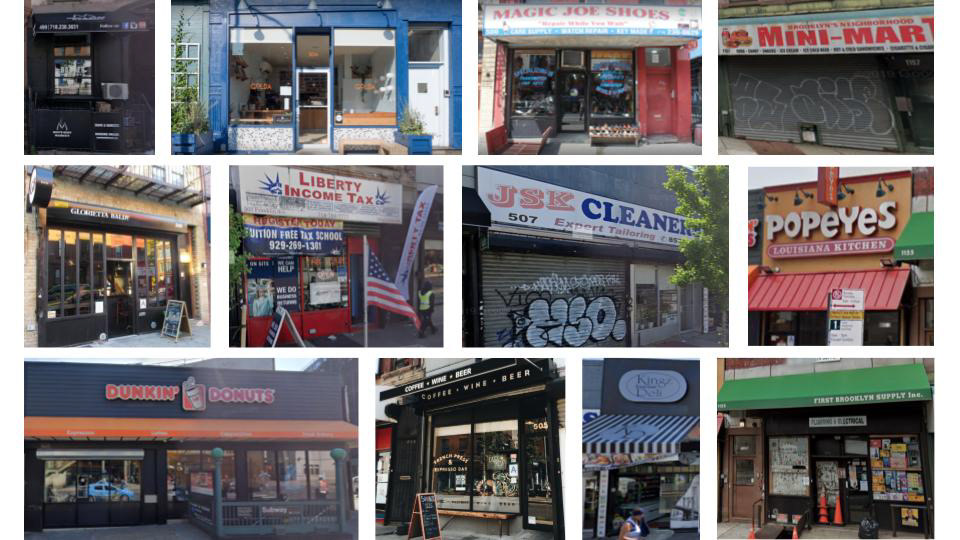
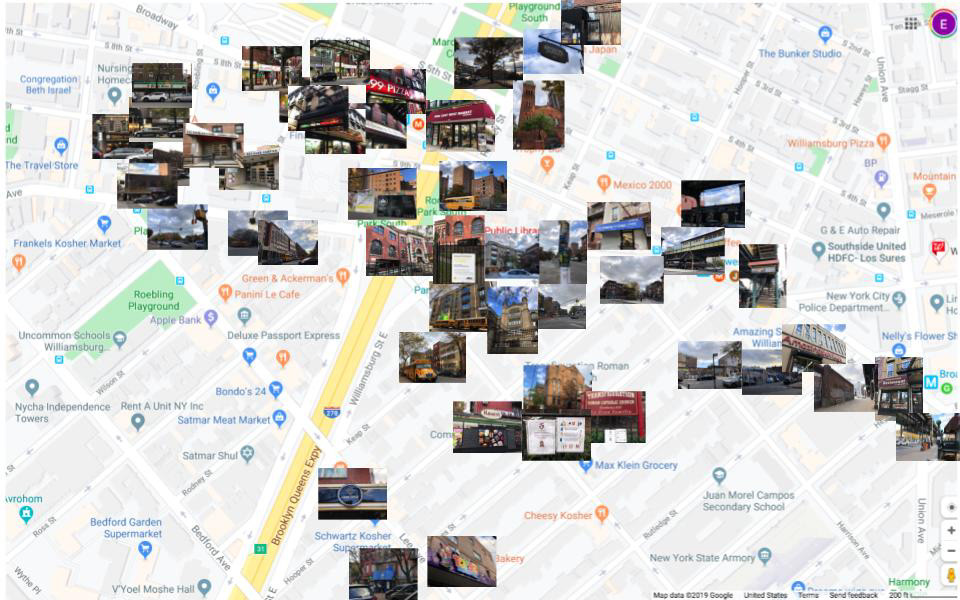
Posing provocations in response to these findings

